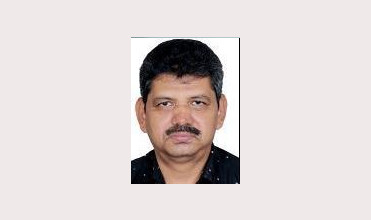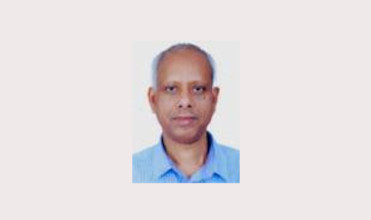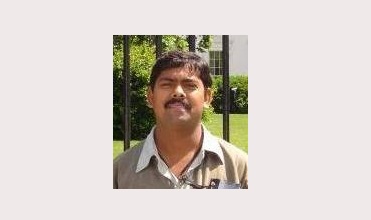- APPLY FOR SLOT
- Internal Users
- External Users
- SLOT BOOKING STATUS
Chairpersons of CRF
Material Science Division & Life Science Division
Prof. Susanta Banerjee is the Chairperson of CRF (Material Science Division) and Professor of Materials Science Centre at IIT Kharagpur. His research areas includes Polymer synthesis, Fluorinated high performance polymers, Conductive polymers, polymeric membranes, Fuel cells.
He has more than 28 years of experience in Research & Development. His research interest includes the development of new polymers for low-k applications, membrane materials for gas and liquid separation, proton exchange membrane materials for fuel cells and polymers for photovoltaic and optoelectronic applications. His research work has resolved many of the key issues in membrane based separation and he has successfully demonstrated new polymers that showed both high permeability and selectivity. His work has given a new direction in developing high proton conductive membranes for fuel cell application.
Prof. Mrinal Kumar Maiti is the Chairperson of CRF (Life Science Division) and Professor, Department of BioScience and Biotechnology at IIT Kharagpur. His research areas includes Lipid Metabolic Engineering, Biotechnology of plants, fungi and algae, Plant Molecular Biology, Bioprospecting of Endophytic Microbes and Functional genomics of rice crop.
His researchers and associates are working on
- Metabolic engineering of plants, fungi and algae for qualitative and quantitative improvement of storage-lipids
- Functional genomics of rice crop for improved productivity and grain quality
- Bioprospecting of endophytic microbes for animal health care, plant growth promotion and biocontrol against phytopathogens
Prof. Narayan Chandra Das is the Vice-Chairman of CRF (Material Science Division) and Professor of Rubber Technology Center at IIT Kharagpur. His research areas includes Carbon dots, sensors and devices, Green Tyre Technology, Conductive polymers, Thermoplastic Elastomers & Vulcanizates, Polymer processing and composites
Das's research focuses on nantotechnology innovations for future energy, electronics, food packaging, different rubber products including tire, cable etc. His interdisciplinary research program integrates nanomaterials synthesis including carbon nanotubes, nanowires, nanoparticles etc., characterization, processing and applications. His recent research activities include synthesizing nanocomposites, thermoplastics elastomers and fabricating flexible sensors, transistors. He is also working on conductive polymer nanocomposites, rheology/morphology and phase behavior of polymer blends, and developing novel techniques in-situ small angle X-ray scattering (SAXS) and neutron scattering (SANS) on polymer/nanomaterials/protein/virous, etc.
Dr. Das has published more than 150 papers in international referred journals, 45 conference papers and 01 books on nanomaterials and their nanocomposites. He has guided 10 PhD students and 19 Master students. Currently 12 PhD students, 4 M.Tech students are working in his group.
Few technological major areas are:
- Development of new generation tire compounds
-Nanocomposites for food packaging, radiation absorbing, sensors, membrane, medical and energy storage applicaitons.
-Smart textile materials for microwave/X-ray absorbing applications.
-Recycle of waste rubber: extraction of oil and carbon black
-TPE/TPV based EMI shielding materials for automatice and aerospace applications.



